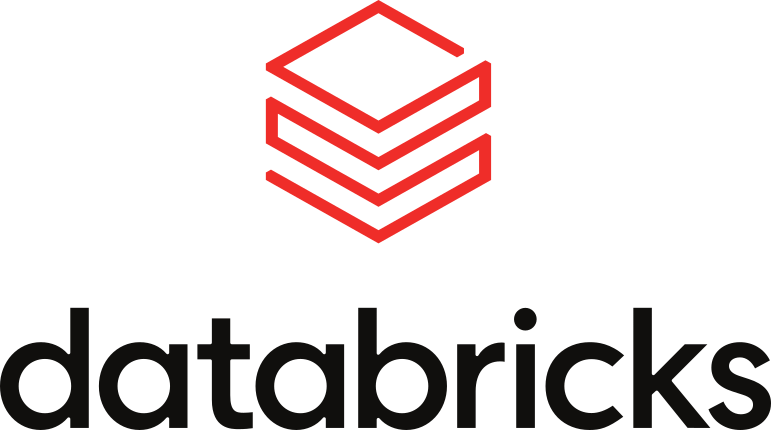
The current economic climate has left businesses worried about their resilience. Increasingly, companies are ramping up their spend on digitisation and modernization initiatives to boost agility across their business operations and hone their disruption response planning.
Gartner’s latest research estimates that annual global IT spending will hit $4.5 trillion by the end of 2022, a 3% increase on 2021’s figures. Global uncertainties and talent shortages have accelerated CIO purchasing decisions, from ownership to services – pushing cloud spending to 22% growth in 2022. This bump indicates that organizations aren’t slowing their modernisation efforts. Moving to the cloud will play a critical part in helping navigate the oncoming economic downturn.
“Data is the connective tissue between business and technology,” says Dael Williamson, chief technology officer for EMEA at Databricks. A robust cloud data architecture will be essential for strategic and operational decision-making across enterprises, particularly in the current climate.
However, Databricks research finds that just 13% of businesses are successfully executing a data strategy. Williamson suggests businesses that haven’t implemented a modern data strategy are more likely to take a reactive approach to disruption. “You can see indicators of businesses that haven’t [developed a data strategy] because they’re bringing in cost-cutting measures,” says Williamson. “When you have data silos, you don’t have a 360-degree view of your business. This slows organizations down and keeps them from being agile and making accurate business decisions, which is leading to layoffs,” he says.
Data-driven decision-making will help businesses maintain momentum and build resilience through turbulent times. Williamson continues: “Some of our most mature customers are not slowing down. They’re focused more on optimising, keeping things in check.”
A clear-cut data strategy plays a significant role in a company’s ability to mitigate risks and respond to uncertainty. While most businesses will use their own structured historical financial data to model future performance, insights from new unstructured data sources like machine, web, mobile and third-party data should not be overlooked. They will need to go beyond traditional data strategies to establish a comprehensive view of the risks and opportunities that lie ahead.
Williamson suggests that implementing modern data architectures, or ‘data lakehouse architectures’, unifies both the structured historical data and the unstructured machine data onto a single platform where more complete data-driven decisions can be made.
Williamson cites the Financial Times’ prediction of Chile’s largely unforeseen banking crisis as an example of casting the net wider to better understand market trends and get ahead of disruptions. “They looked at alternative data sources,” says Williamson. “You can almost A/B test your risk, which is a fascinating way of thinking about it.”
Data is the connective tissue between business and technology
There are a number of questions decision-makers can pose to analyse and forecast trends. “What’s the market telling me versus my historical data? And when I look at the two together, which one’s going to be the more accurate indicator? Am I in unprecedented times where there’s extreme uncertainty, or are we running business as usual? But to do that, you need to have a unified view of your data. That’s where a modern data strategy comes in,” says Williamson.
These questions can then form the basis of scenario-planning exercises, where organisations can track and model different internal and external factors to create a strategy and make real-time decisions. “You’ve got this cascade of data with these predictive capabilities. It will say: here are three or four options you could take. It’s not telling you what to do, but a more accurate choice can be made,” Williamson explains.
Forging a path to recovery will require businesses to think laterally. To create a strategy that accounts for myriad factors, both structured and unstructured data will help decision-makers to run simulations that provide a holistic outlook on the state of the market.
This practice is already commonplace in highly regulated industries such as banking and other financial services, where risk exposure is tracked minutely. But the principles that guide highly risk-averse industries can be applied across all sectors to great effect.
“It’s helpful to learn from those that are being forced to be more risk-conscious and borrow their processes,” says Williamson. In doing so, leaders can gather a clear picture of what a bullish recovery might look like and the pathways that could lead them there.
First, it’s essential to keep the desired outcome top of mind. This will allow the business to prioritise the most important data sets. From there, they can work towards a set of adjustable goals based on different factors to profile various outcomes. Williamson advises: “Work backwards from what you want to do. You might not know the exact answer, but you know you’re choosing a recovery strategy. How do you get there?”
Williamson extols the virtues of open and governed technologies. “Transparency creates audit trails which creates greater trust. That lineage of what’s happening with the data and what led to the outcome creates trust,” he explains.
Crucially, this has to be done quickly. The more time companies take to parse and analyse data, the more risk the business takes on. Investing in simple, open, multi-cloud data tools that remove the complexity of these tasks will be vital to supporting a coherent and agile data strategy.
Collecting and analysing data in this way allows businesses to leverage artificial intelligence (AI) to manage risk and even identify possible exposures that would have previously been undetectable. There is scope for companies to use AI more proactively. Williamson references supply chain management and hiring as examples of well-established processes that can be made more efficient through predictive modelling.
For businesses that are growing or consolidating, these efficiencies could prove transformative. “By reducing margin, you create or increase revenue. You can use AI proactively to create efficiencies,” says Williamson. “That doesn’t necessarily mean that it’s just taking jobs or it’s unsupervised … It will help people to do better jobs rather than menial jobs.”
Forming data-led and AI-supported business strategies will give scaling companies a crucial point of distinction from other players in their space. In addition, a better understanding of insights and their uses can reduce lead times and help organisations identify solutions for their customers and their operations.
While most data teams operate in silos within their organisations, those that embrace simple, open cloud technologies will be able to expand their capabilities and create value across the entire enterprise.
For more information, visit databricks.com/learn/executive-insights

The current economic climate has left businesses worried about their resilience. Increasingly, companies are ramping up their spend on digitisation and modernization initiatives to boost agility across their business operations and hone their disruption response planning.
Gartner’s latest research estimates that annual global IT spending will hit $4.5 trillion by the end of 2022, a 3% increase on 2021’s figures. Global uncertainties and talent shortages have accelerated CIO purchasing decisions, from ownership to services – pushing cloud spending to 22% growth in 2022. This bump indicates that organizations aren’t slowing their modernisation efforts. Moving to the cloud will play a critical part in helping navigate the oncoming economic downturn.
“Data is the connective tissue between business and technology,” says Dael Williamson, chief technology officer for EMEA at Databricks. A robust cloud data architecture will be essential for strategic and operational decision-making across enterprises, particularly in the current climate.

